
The Nastaliq script is one of the main Persian calligraphy styles that appeared in the third century of the Hegira. So it has been used by Iranian scientist and Imam “Abu Bakr al-Bayhaqi” for writing his books.
Subsequently, the Persian poet “Mir Ali Tabrizi” improved it and placed its bases, this calligrapher was known as the example of writers, and worked in the Timurid royal court.
It is a calligraphic style derived from the Naskh and Taliq scripts, so it took from the Naskh script the clarity of its words, its order and its stability, and from the Taliq the speed of its writing and its cute circles.
Then the son of Tabrizi “Abdullah” has finished the details of this calligraphy, has improved and embellished it. Since then, the Nastaliq script has typically become the dominant style in Persian calligraphy.
Names for the Nastaliq script.
It was known among the Arabs as the Persian calligraphy in relation to its creators, and because it is the main handwriting in the Persian and Urdu alphabet.
And among the Persians, It was known as the Naskh-taliq then the Nastaliq, and among the Turks as the Taliq.
Steps in its propagation and popularity among Persians, Arabs and others.
The spread of the Nastaliq script began with the two students of “Mir Ali Tabrizi”, “Jaafar al-Tabrizi”, who had the headship of forty calligraphers in the court of Prince of Baysinger. And “Adhar Al-Tabrizi”,who was always traveling and lived in several Iranian and Islamic metropolises, then he spread his style of calligraphy, including the Nastaliq calligraphy style.
Thereafter, many teachers became skilled in this style of calligraphy and excelled at teaching their students its rules. The teaching of this calligraphy continued during the Safavid period through Qajar and to the present day, when it’s taught in Iranian schools, it is called Nastaliq Tahriri.
Calligraphic educators did more than simply teach it; but they improved it and invented for it other types of calligraphy that became popular too. For this reason it got a good position in Persian and Arabic calligraphy.
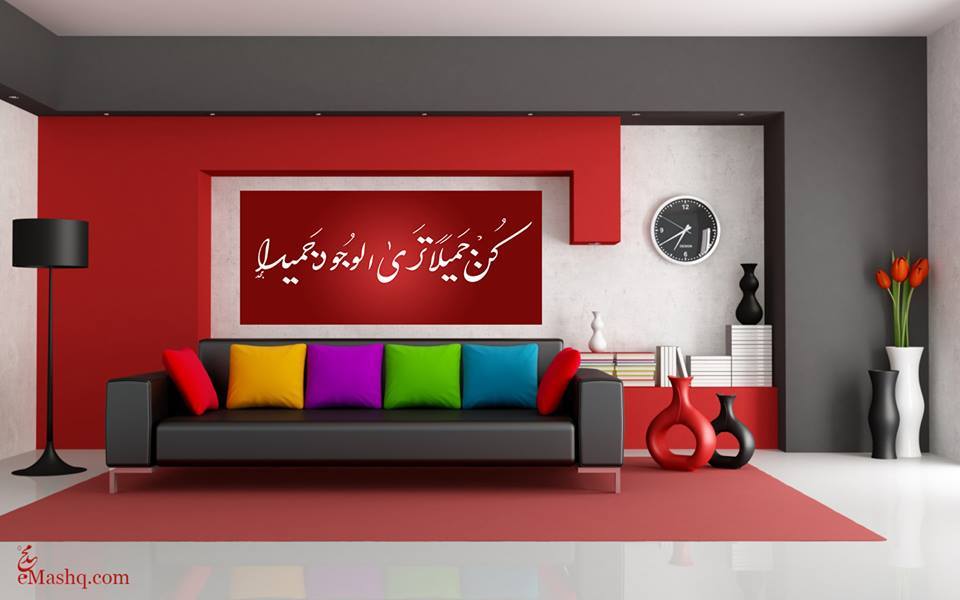
What branches are derived from Nastaliq style?
Due to the interest of the Iranian calligraphers for Nastaliq, of which they specialized, it branched out of it and with it other styles, like:
Shekasta Taliq: a mix of Taliq style and Diwani style that appeared in parallel with Nastaliq calligraphic style.
Shekasta Nastaliq: As its name indicates, it is a cracking of the rules of the Naskh and Taliq styles. It was called as such, then its name was shortened to Shekasta.
Al-Khat Alfarissi Al-motanadher (Symmetrical Persian Calligraphy): In it, they wrote verses, poems, and proverbs which are matched in writing, so that the last letter of the first word matches the last letter of the last word. It is also called Khat Al-mer’at Al-farissi (the Persian mirror calligraphy).
Al-Khat A-Farissi Al-mokhtazal (Shortened Persian calligraphy): Iranian calligraphers wrote paintings, in which similar letters can be read by more than one word. This style is difficult to read even by the calligraphers themselves.
All this attention to the calligraphic style of Nastaliq dictates its distinguishing traits.
What are its specifications?
In terms of practice and handwriting, the Nastaliq script is characterized by ease, speed of drawing, and flexibility. The movement of the pen in this style is more free and comfortable than the Naskh style.
In terms of image, it is a tender, elegant and soft style specified by refinement and lofty, its circles are cute and proper, its lengths are moderate, and its letters are plump, precise and sharp.It doesn’t necessitate diacritics in its drawing, except in rare cases and for necessities, such as the tanween (التنوين) and numbering marks which are important.

What are the uses of the Nastaliq calligraphy style?
The Nasta’liq script was used by the Persians to write and reproduce literary and non-religious texts such as books and poetry collections, but this does not preclude the existence of some religious manuscripts in this style, such as the Qur’an of the calligrapher “Mahmoud Al-Nisaburi”, who wrote it in the Nastaliq script.
Furthermore, to the Arabs, this style was rarely used in the Qur’an, hadiths or prayers, due to the artistic tendency of this style. Therefore, they used it in Islamic decorative arts in buildings, pottery, coins, sculpture, jewelry, seals, signatures, etc., which required arty decoration.
As for the Ottomans, the use of Nastaliq script was popular in writing Sharia court documents, letters, and then on tombstones and even paintings.
How do you write in Nastaliq calligraphy style?
If you are interested in the Nastaliq style and admire its soft and cute design, then you should use the eMashq program!
eMashq platform is an online program for writing in several Arabic and Persian scripts, including the Nastaliq, instilling knowledge of this art through practicing calligraphy.
Now, you will draw in Nastaliq calligraphy like a professional calligrapher. The calligraphers of eMashq and its programmers have managed to exploit their knowledge and skills to develop this platform and make it available to everyone, regardless of their ages, skills and needs, so that they can revive the art of Arabic and Persian calligraphy and make it accessible to all its lovers.
The eMashq platform offers you more than 1500 forms in the Nastaliq style, allowing you to continuously experiment with several shapes of a single letter, then a word, and then your entire artistic canvas.
The aesthetic of the Nastaliq calligraphy script stands out in its deviation from the writing of multiple parallel and regular lines, to the vertical writing, so that the words line up from bottom to top or vice versa, or the calligrapher sometimes simulates different shapes such as a drop of water or a lovely creature.

All of these creative ideas, and many more, can be realized simply on eMashq, as it provides you with several easy-to-use and simple tools such as the shape editing tool that opens for you a library full of suggestions for forms in the same letter and the same word. Even if you miss inspiration, you will find great ideas for different design options.
As well, eMashq.com offers you both vertical and horizontal letter elongation tools, which are the ideal tools for controlling the dimensions of the painting in length or width. Also for placing words in overlapping and embracing with each other.
Because eMashq designers are primarily calligraphers, they didn’t forget to put a grid that can be displayed and hidden behind the words. So that the user can maintain the parallel between the lines and the equality in the dimensions if needed.
They also designed a tool for you to put a background or hide it. Whether to decorate your painting with a suitable background or to put a figure as an example that you follow in the design of the shape of your painting.

If you want to draw a painting, a distinctive logo, or perhaps an eye-catching title for your next article, but you have no time to try and design on eMashq.com,
Don’t leave: this is not the end of our services!All you have to do is share with us the text and the dimensions of the desired painting, or perhaps its purpose: a company logo, an advertisement on Facebook, a birthday or wedding congratulations… and we’ll make it for you.
We do not draw Arabic calligraphy… We draw ART.
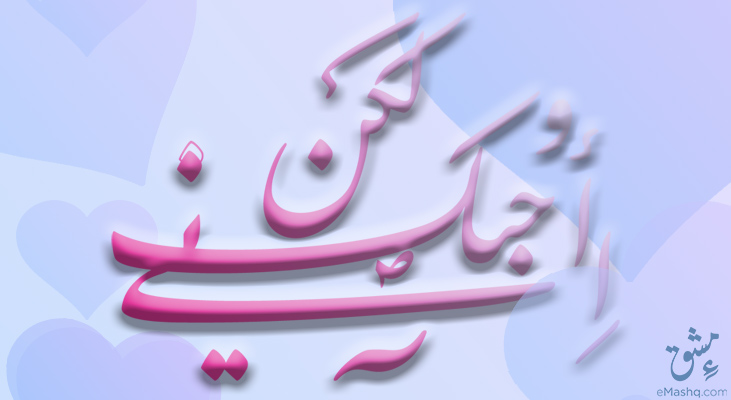
For more informations, see How to Buy a Painting
Take a look at some examples of application areas of eMashq calligraphic styles
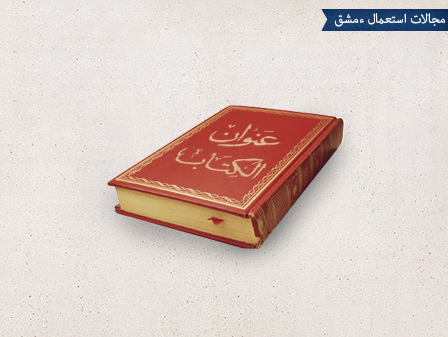
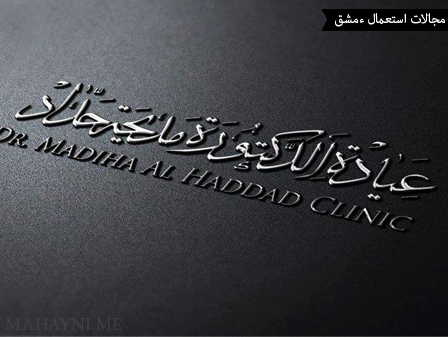

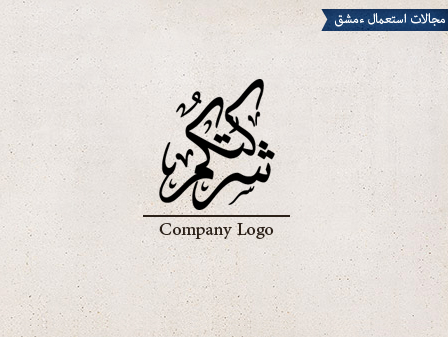
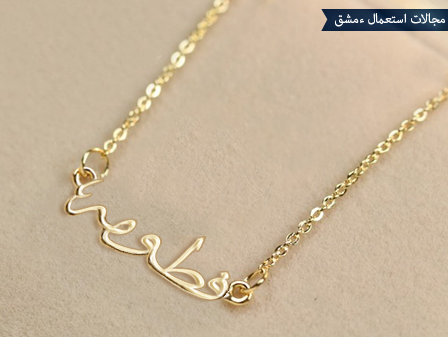
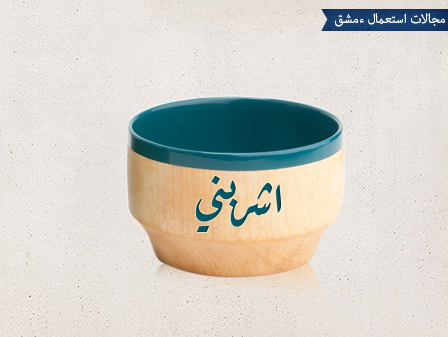
To discover the rest of the Arabic and persian calligraphic styles that emashq presents and to reach proficiency in using this program, follow us on:
Or start your experience by start your free account on eMashq


